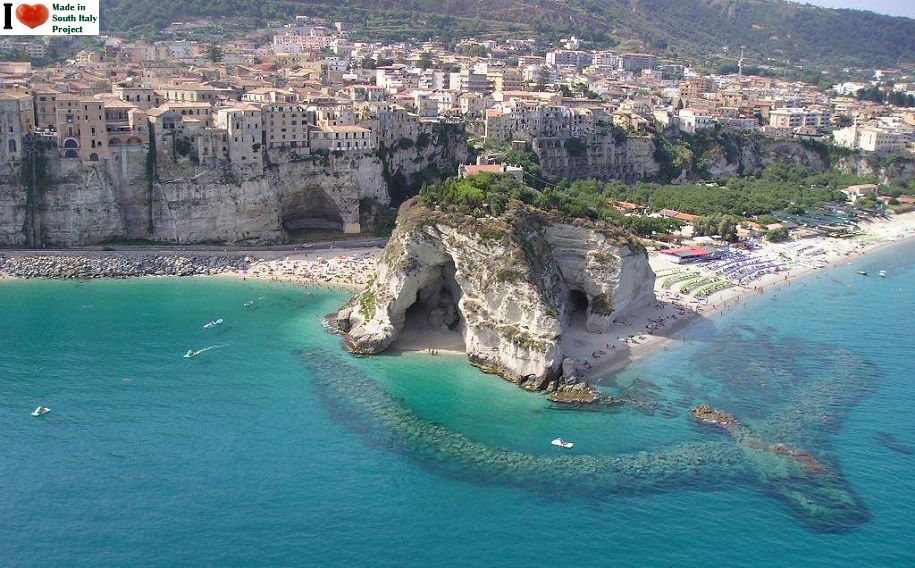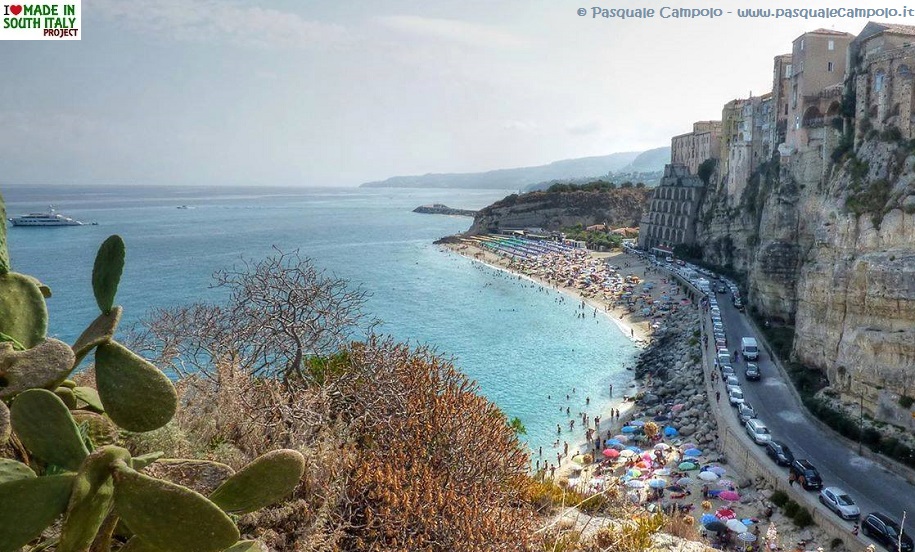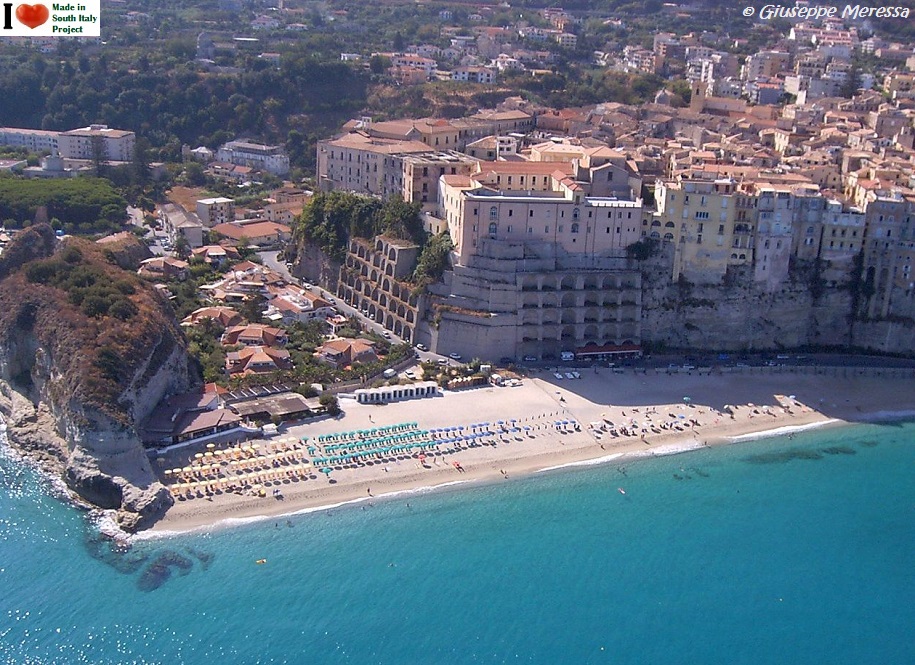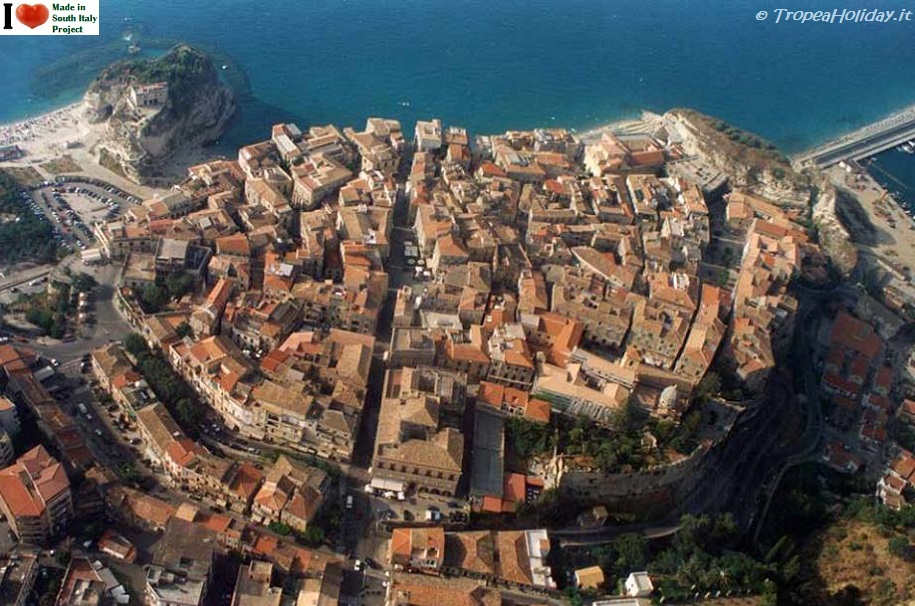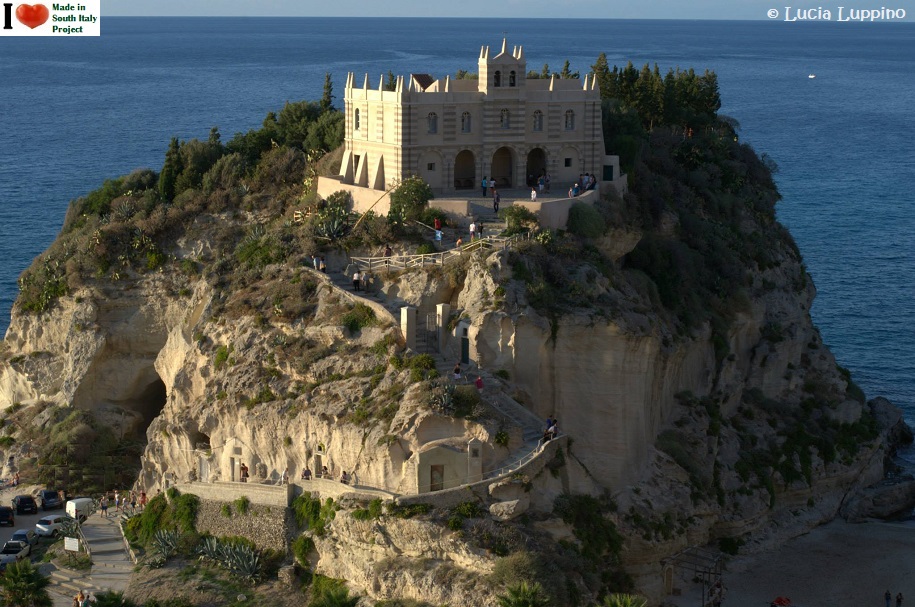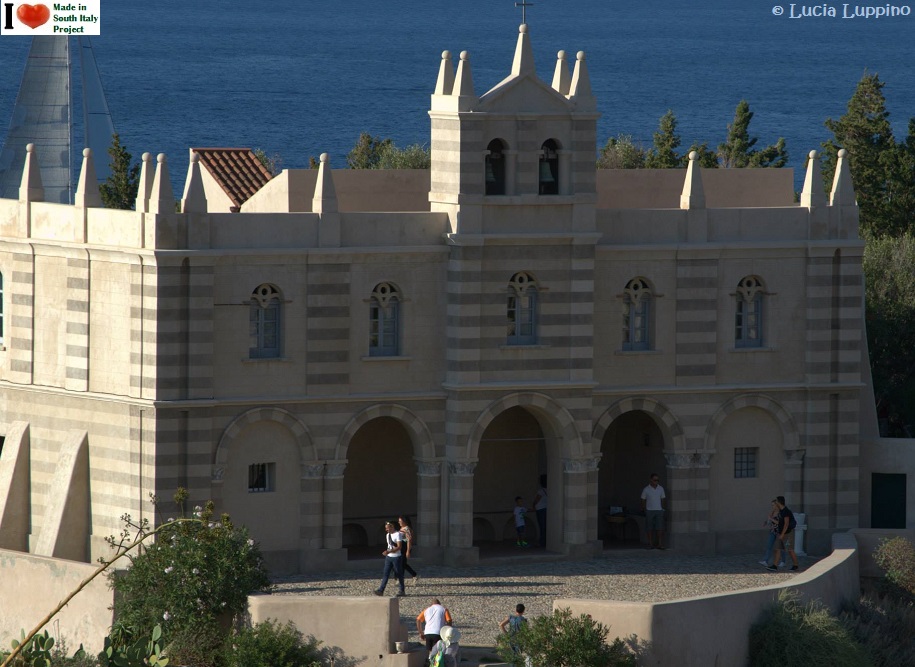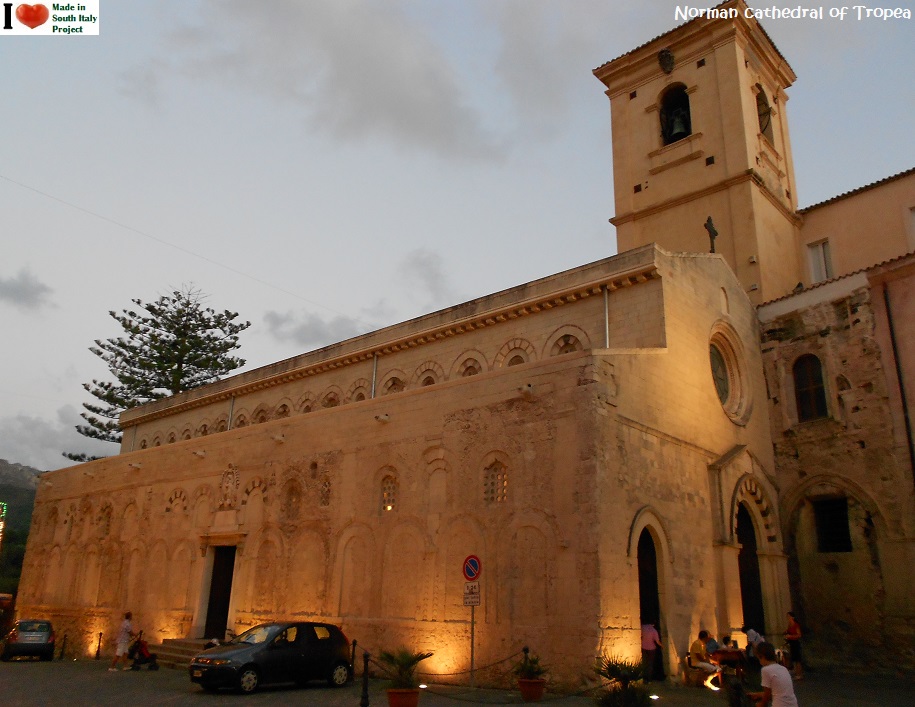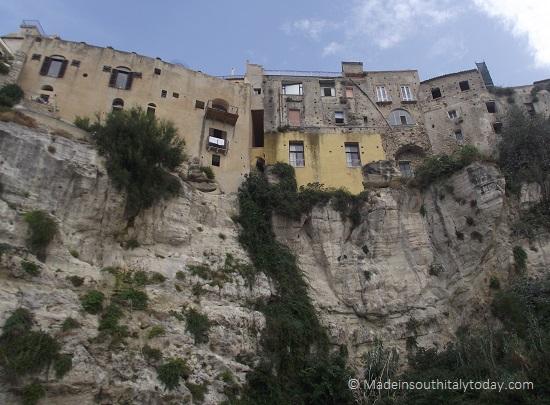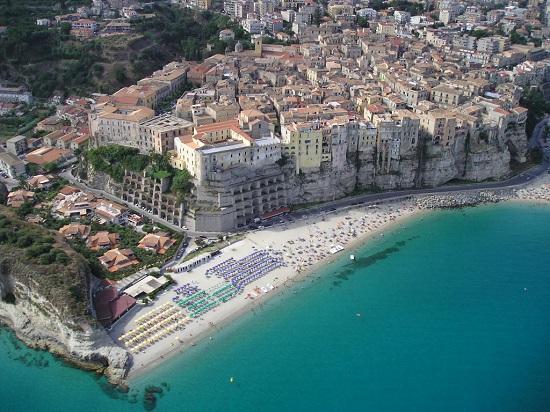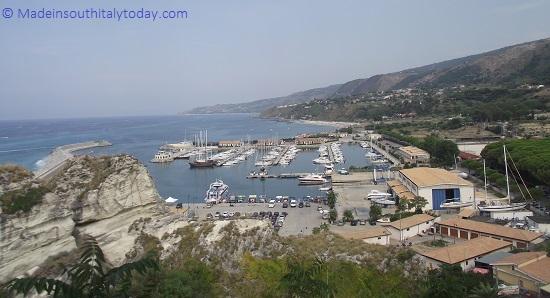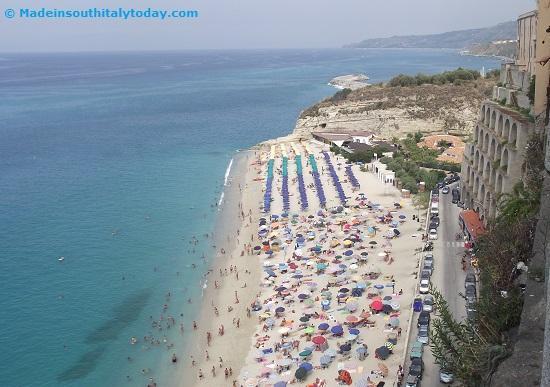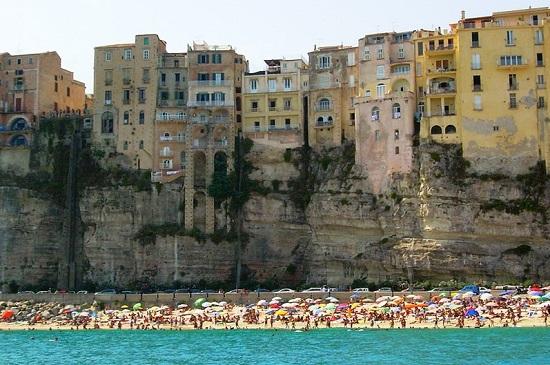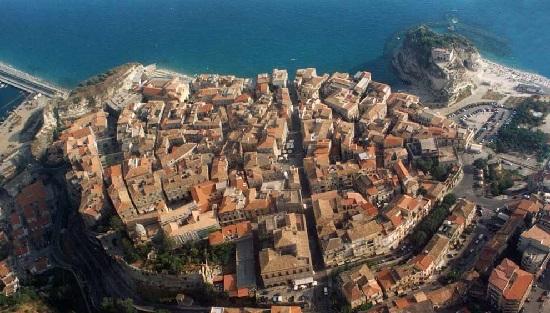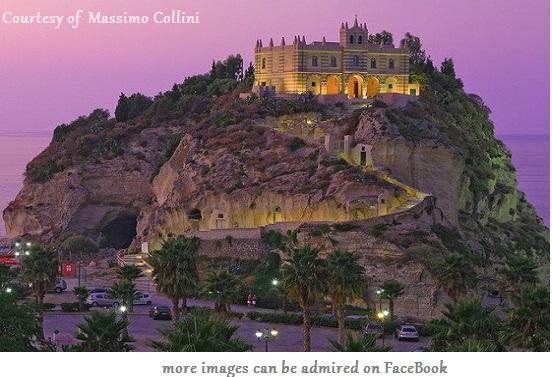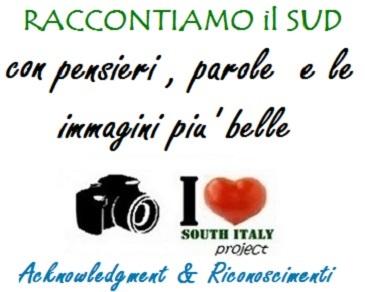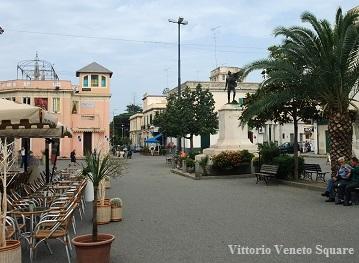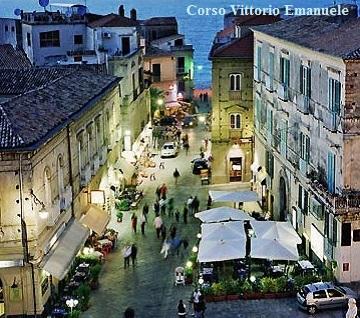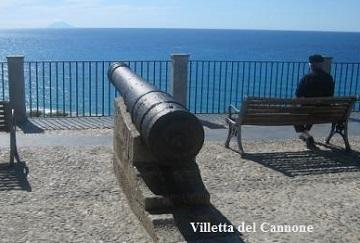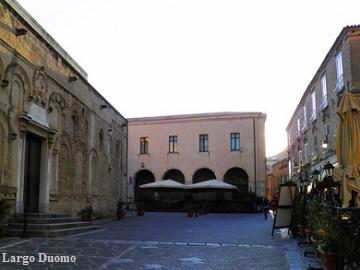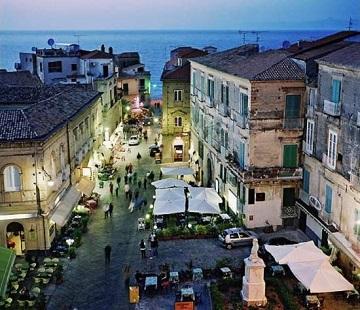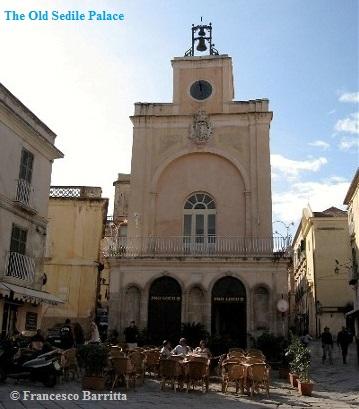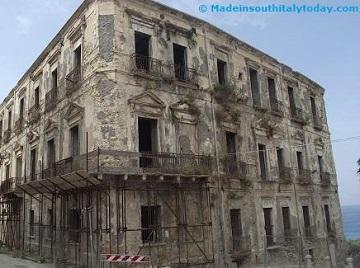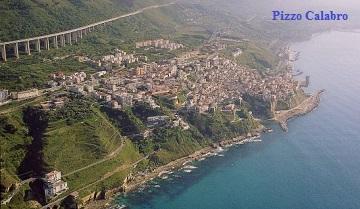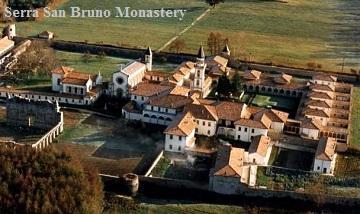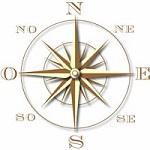|
By Domenico Russumanno
Tropea is a well known seaside resort on the Monte Poro promontory.
The history of Tropea begins in Roman times, when along its coast, Sextus Pompey defeated Octavius.
Legend says that it was Hercules who, returning from Spain (Pillars of Hercules) stood on the Coast of the Gods ( Costa degli Dei, in Italian) and made Tropea one of his ports.
Due to its peculiar position as terrace on the sea, Tropea played an important role during Roman, Norman and Aragonese times.

 Monastery of Santa Maria dell'Isola
Monastery of Santa Maria dell'Isola
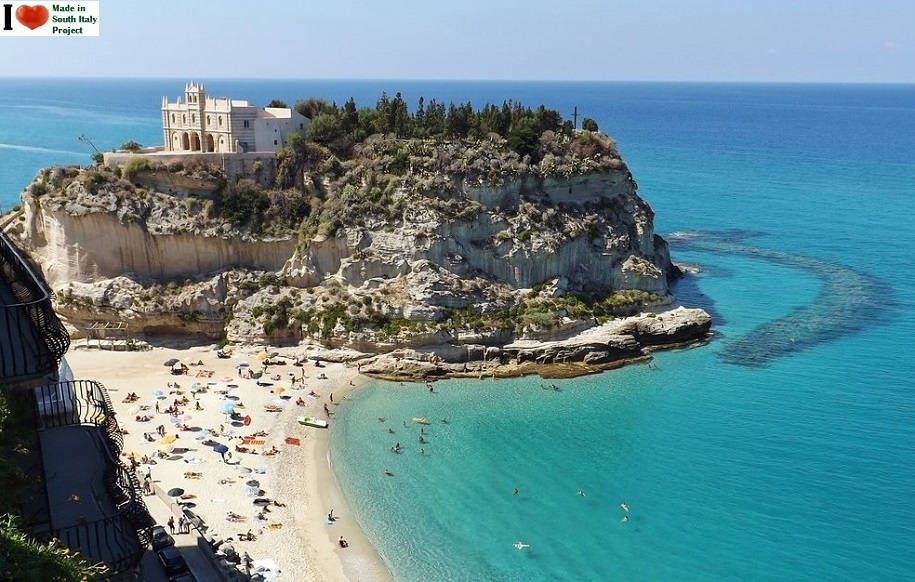 Please remember that this is a church - Worth the climb, and enjoy the breathtaking view.
In the cathedral there is a picture of Virgin Mary of Romania, of Byzantine origin, dating from around 1330.
According to tradition, the Virgin Mary appeared several times in dreams to the Bishop, warning him of an earthquake that would devastate Calabria. On the March 27, 1638, the Bishop established a penitential procession, involving all the people from Tropea. Thanks to the procession, the earthquake which struck that very day caused no harm.
|
|
The pearl of the Tyrrhenian coast.
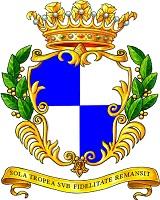
Embedded in the splendid Coast of the Gods, in the province of Vibo Valentia, is a precious jewel famous around the world, a place of ancient legends and ancient history, by the name of Tropea, known to ancient Greeks as Trapeia.
The town is a popular bathing place, situated on a reef, in the gulf of St. Eufemia connected with the mainland by a narrow strip in the Tyrrhenian Sea, toward the south with respect to Vibo Valentia and northward with respect to Ricadi and Capo Vaticano.
It stands austere and majestic, on a promontory between the Gulf of Gioia Tauro and the Gulf of Sant' Eufemia, founded, according to legend, by mythological Hercules, the son of Zeus, who stopped on the Calabrese cost during one of his voyages back to Greece.
The history of Tropea begins in Roman times, when along its coast, Sextus Pompey defeated Octavius.
In the south of Tropea, the Romans had built a commercial port, in the locality of Formicoli.
Over the last few decades, Tropea has become one of Italy's seaside resort most sought after.
Due to its characteristic position on the sea terrace, on the Tyrrhenian side at the foot of Monte Poro, Tropea played an important role, both in Roman and later under the Saracen occupation and, more importantly, under the Norman and the Aragonese occupation.
Discovered by famous travelers in past centuries, the touristic village has become very well known worldwide for its outstanding natural and architectural beauty.
The monastery of Santa Maria dell'Isola is built on a hill near the beach of Tropea.
Tropea is also fitted with a modern marina offering facilities with every comfort and not far from the city center.
Exploring the so called Costa degli Dei (Coast of the Gods) full of fancifully coves should be high on your list.
From the port, boats guided by expert sailors will take you to visit nearby Capo Vaticano, Briatico and Zambrone, or the rocky island of Santa Maria with the old basilian church which for centuries has been a refuge for hermits and sailors, obligatory stages of a journey where the protagonist is the clear sea, surrounded by white sandy beaches from which to enjoy stunning views.
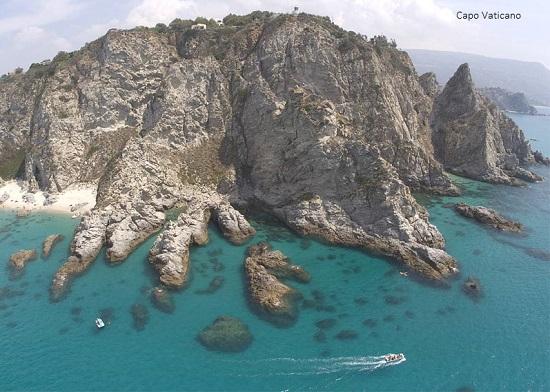 Tropea is also located in a strategic position to reach the Sicilian Aeolian Islands by boat .
At about 30 miles we find the closest island , Stromboli , followed by the island of Panarea , the island of Lipari, Salina island and the island of Vulcano .
These volcanic islands all have different characteristics from one another. Stromboli volcano still active gives us the spectacle of the fiery lava , Panarea small pearl of the Mediterranean charms with its chic and refined , Lipari, the largest , is the most commercial , Salina made famous by the film Il Postino (the postman) with its picturesque bay Pollara and Vulcan with its hot mud sulphurous pools.
|
 Getting around
Getting around
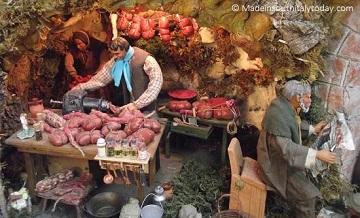
Venturing inside the historic center you will discover small shops of artisans, selling local art-craft and products , from colorful pottery, to olive oil, wine, sweets, hot salami like the famous "Nduja Spilinga" and the red onion with all its derivatives such as jam.
The town's heart is Ercole Square (Piazza Ercole), but there are many churches various ages (Norman cathedral, St. Francis of Assisi, St. Mary of the Snow, the Annunciation, etc..) and impressive palaces (old patrician houses) with their massive portals and the eighteenth century balconies (many overlooking the sea) , built by skilled craftsmen, all encased in a maze of narrow streets that open into beautiful squares overlooking the white beach below contrasting in a magical way with the crystal clear sea and colors ranging from turquoise to deep blue.
Nearby towns - less then 30 km away.
A car is needed - Is it worth? Yes.
Spring would be the best time, when the every changing landscape is in full bloom.
Check your camera's batteries.
|


